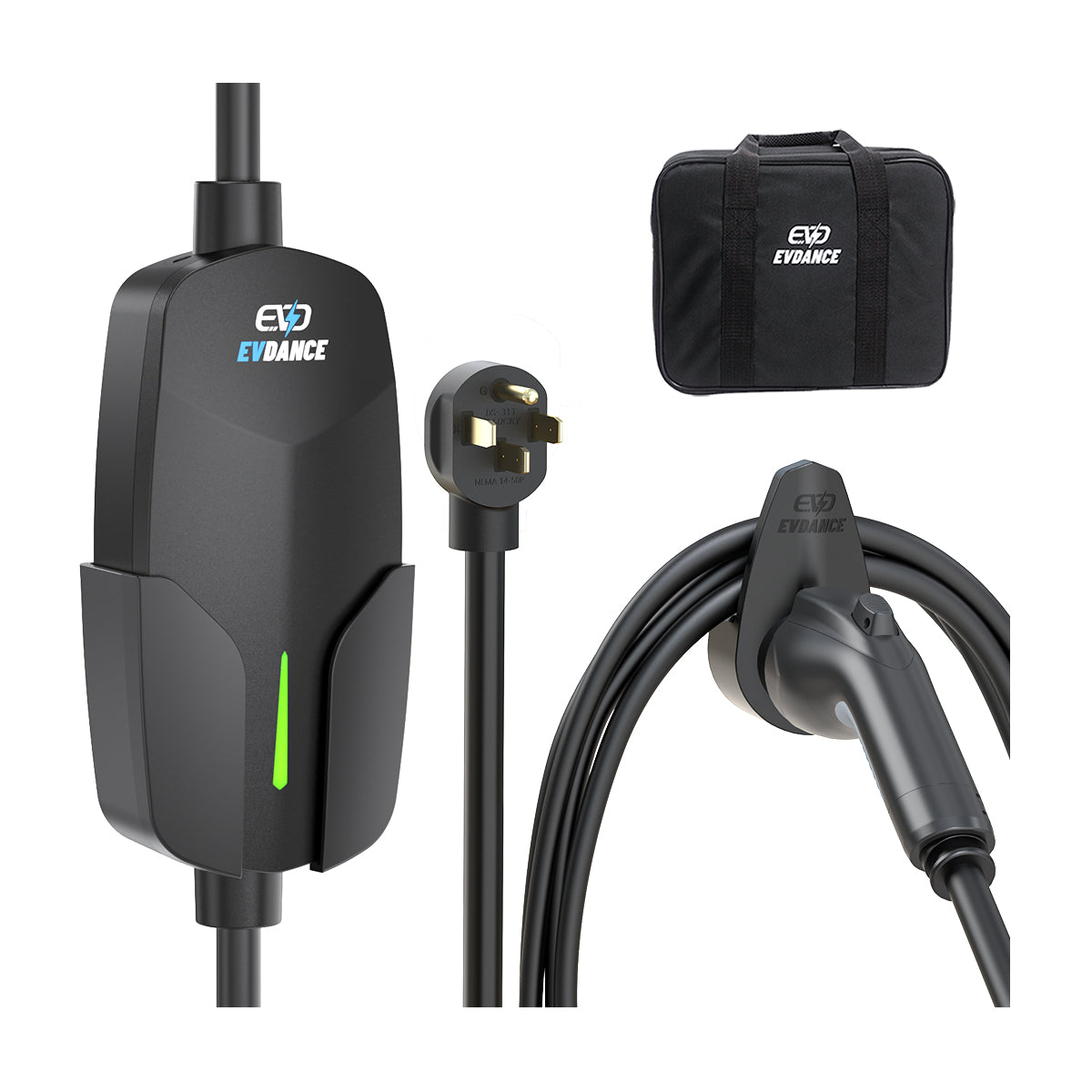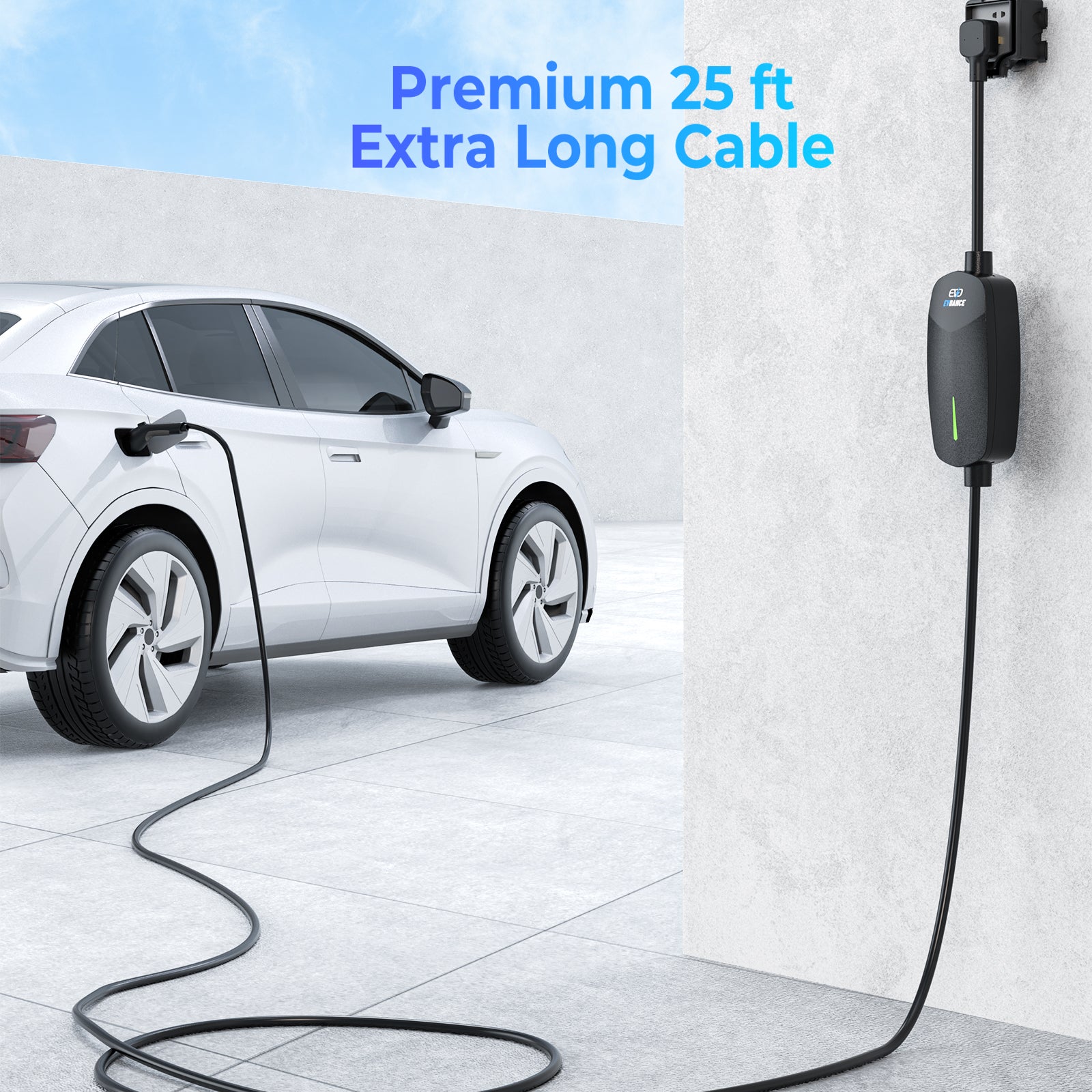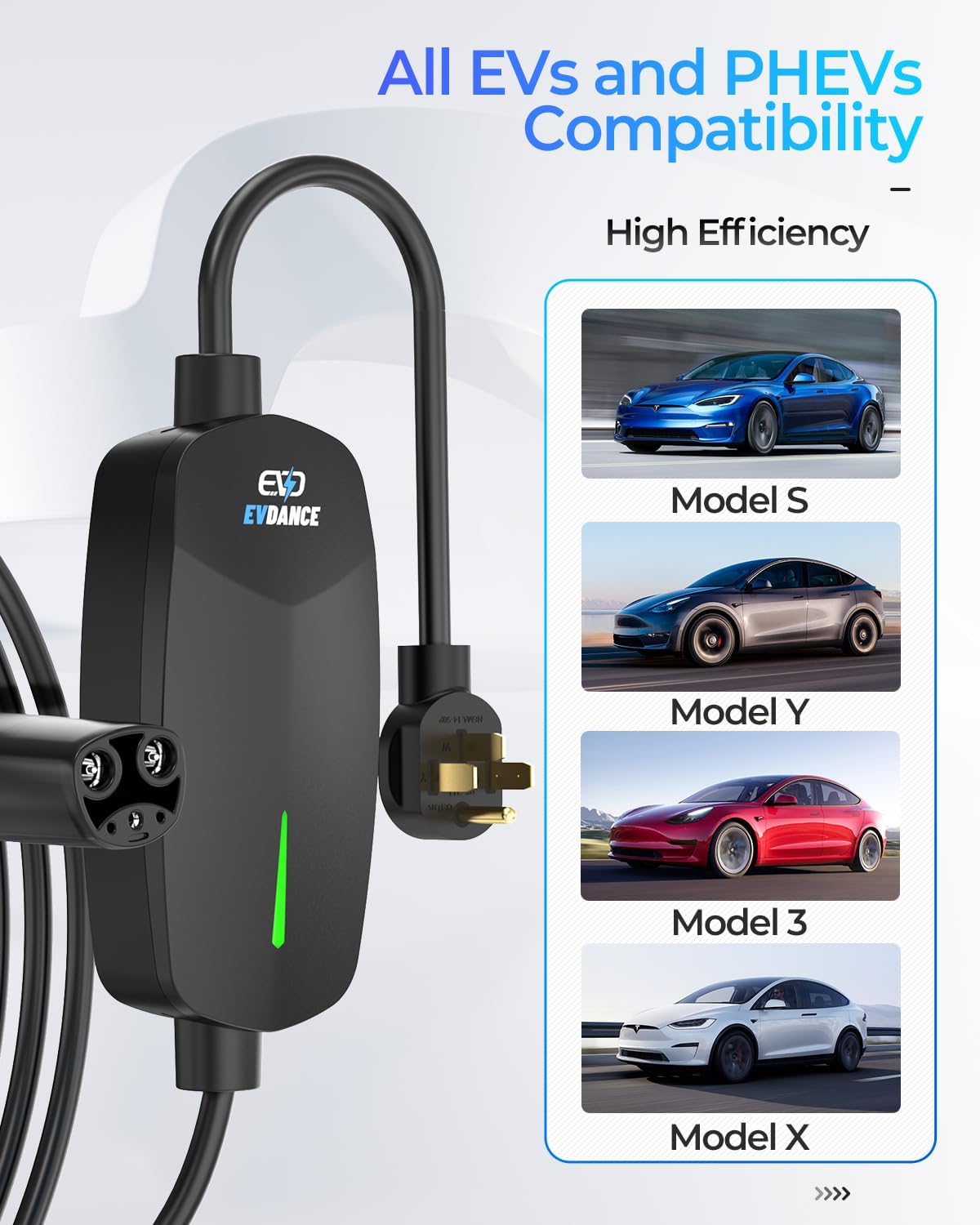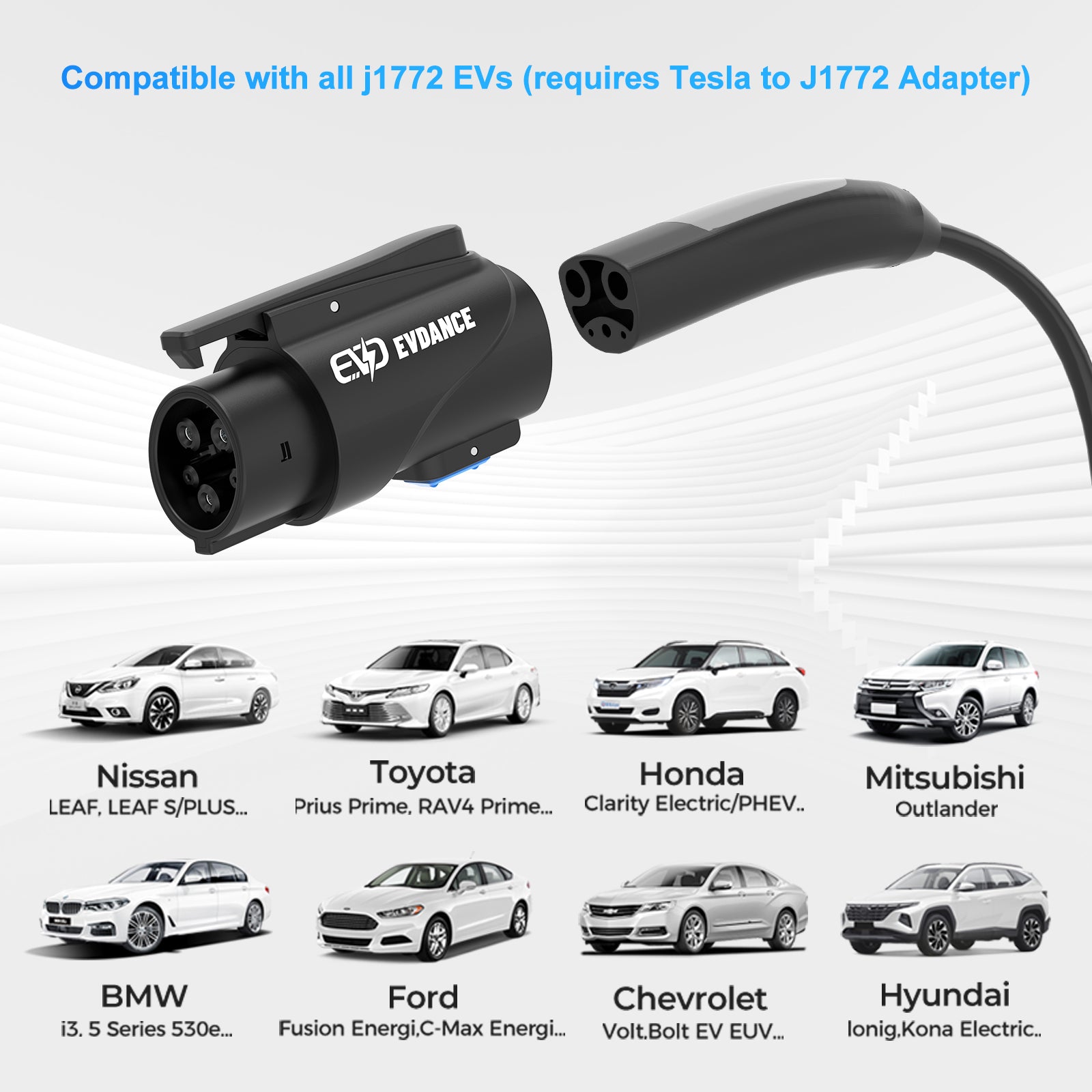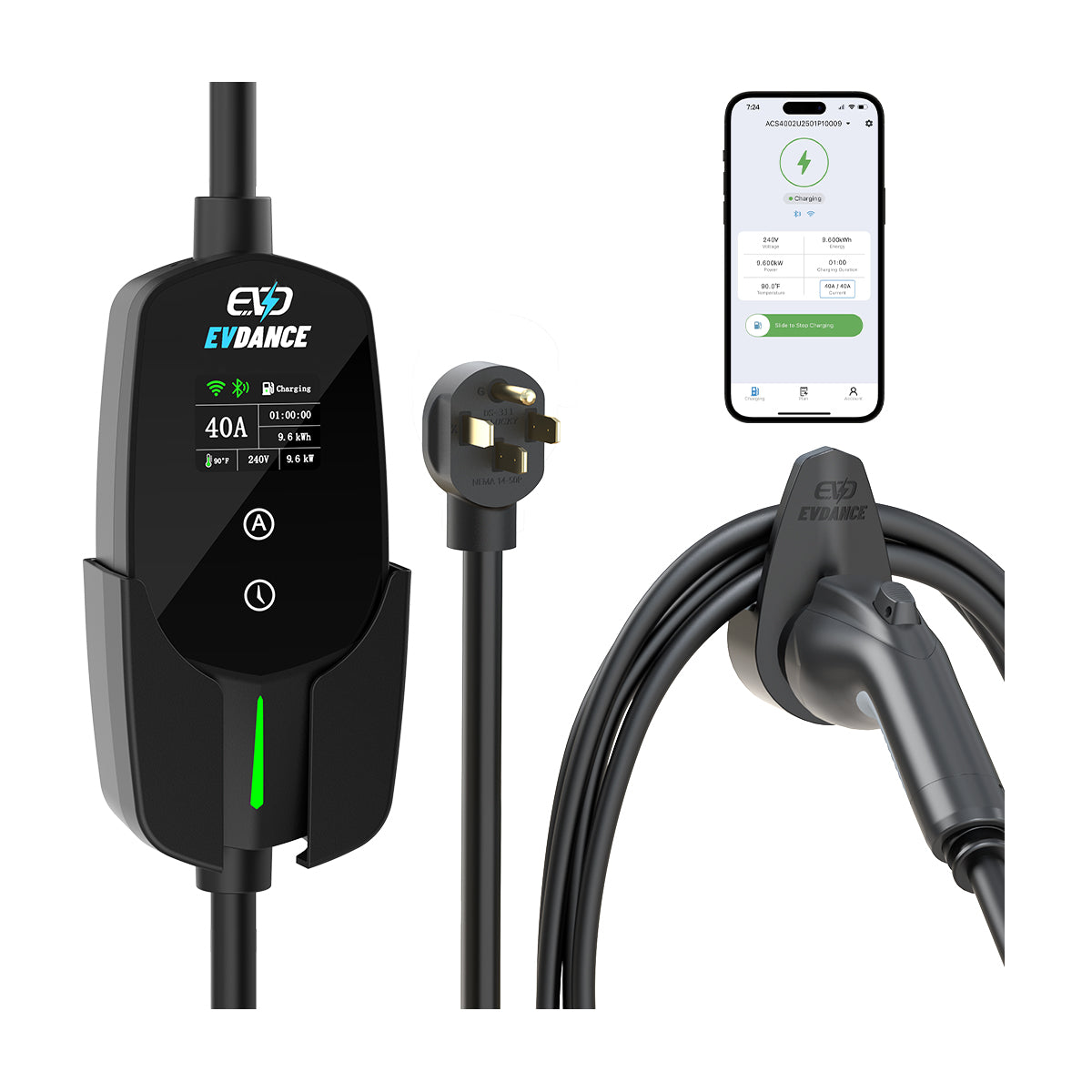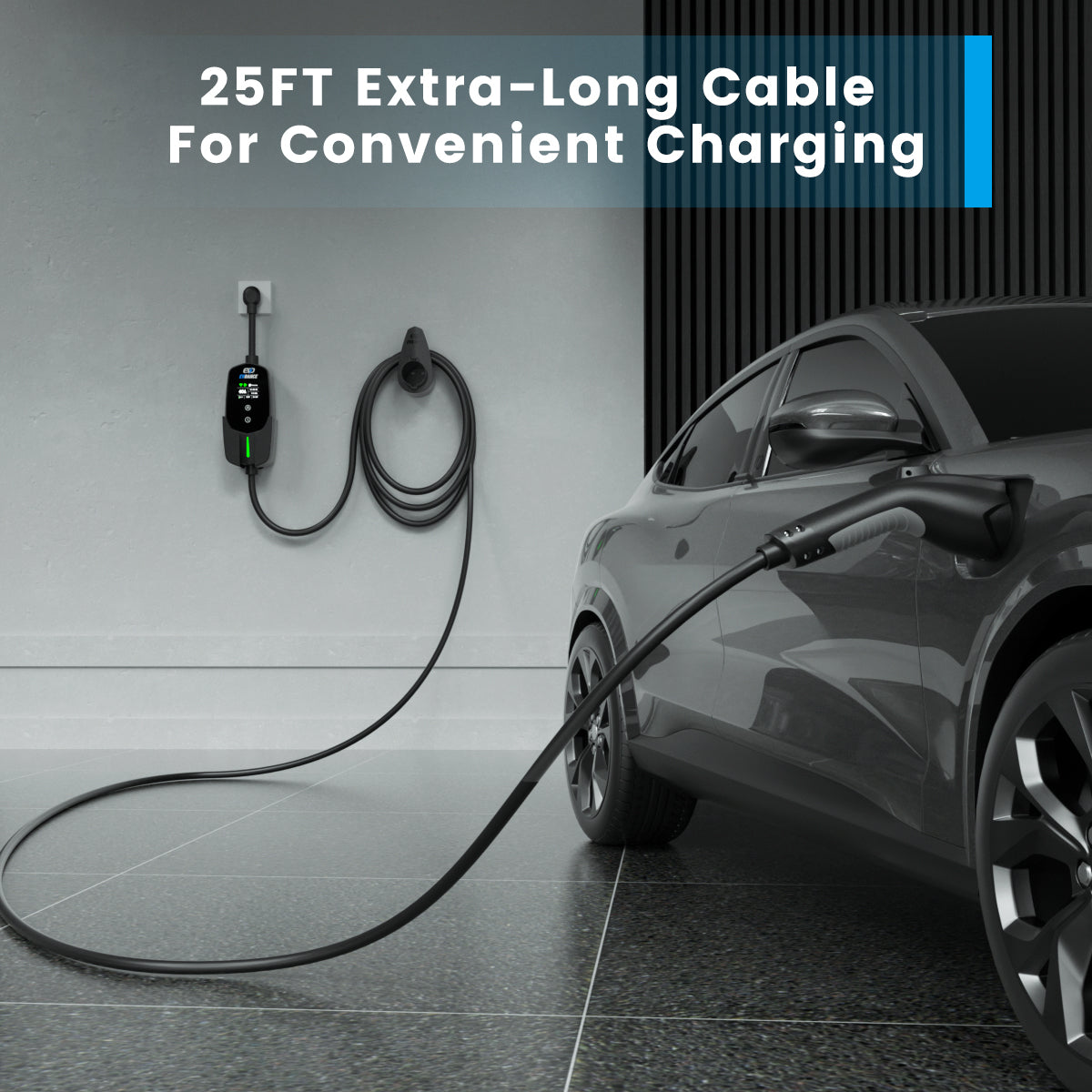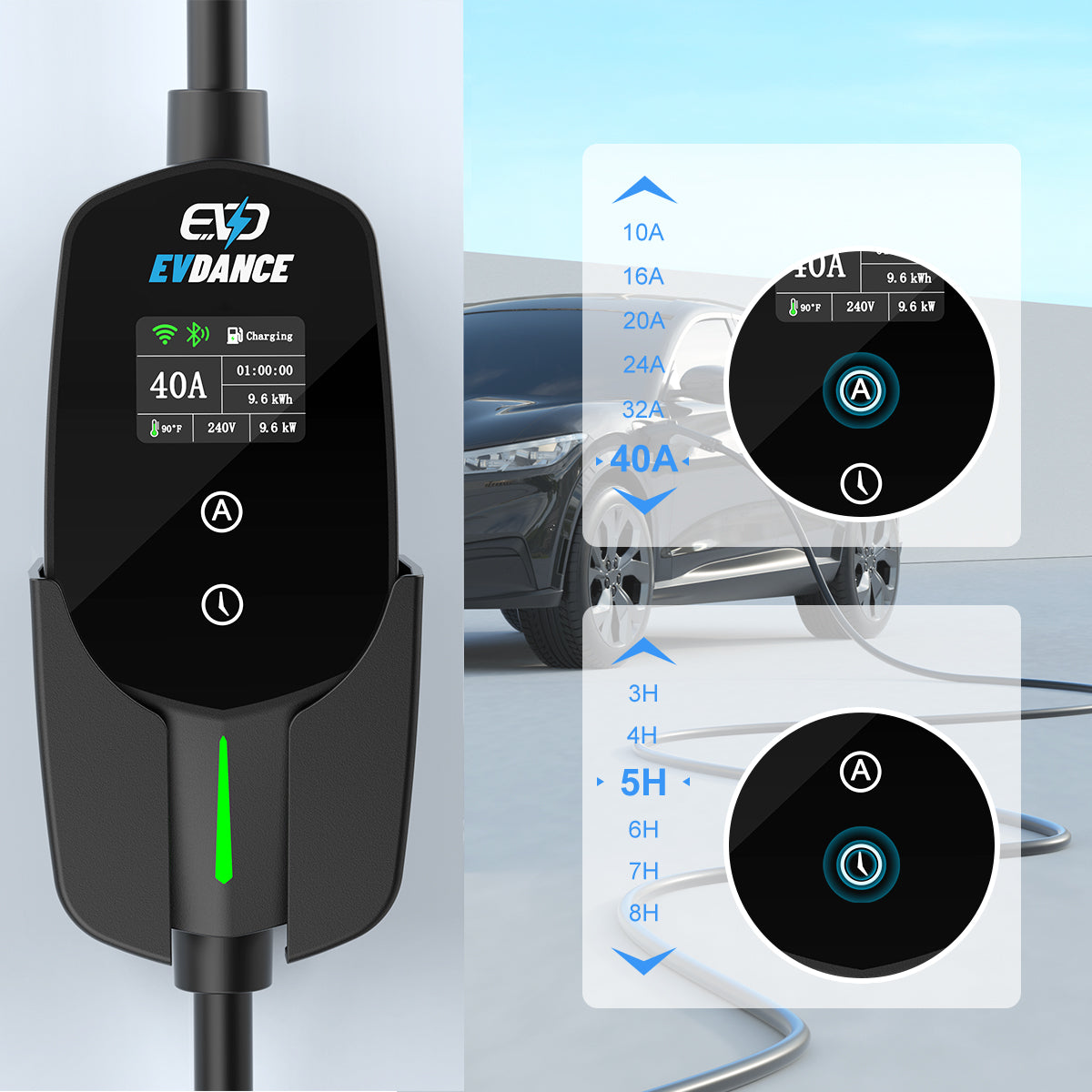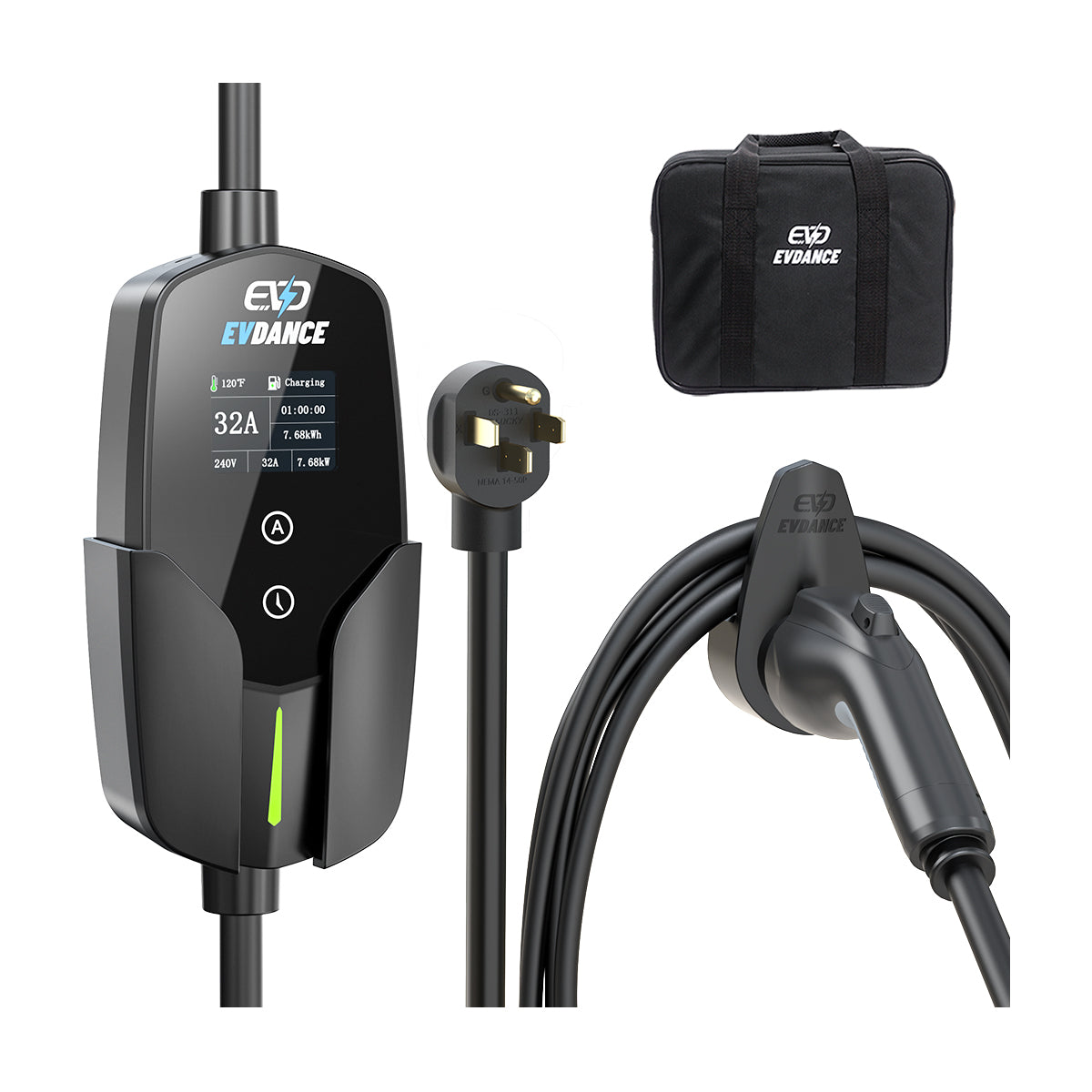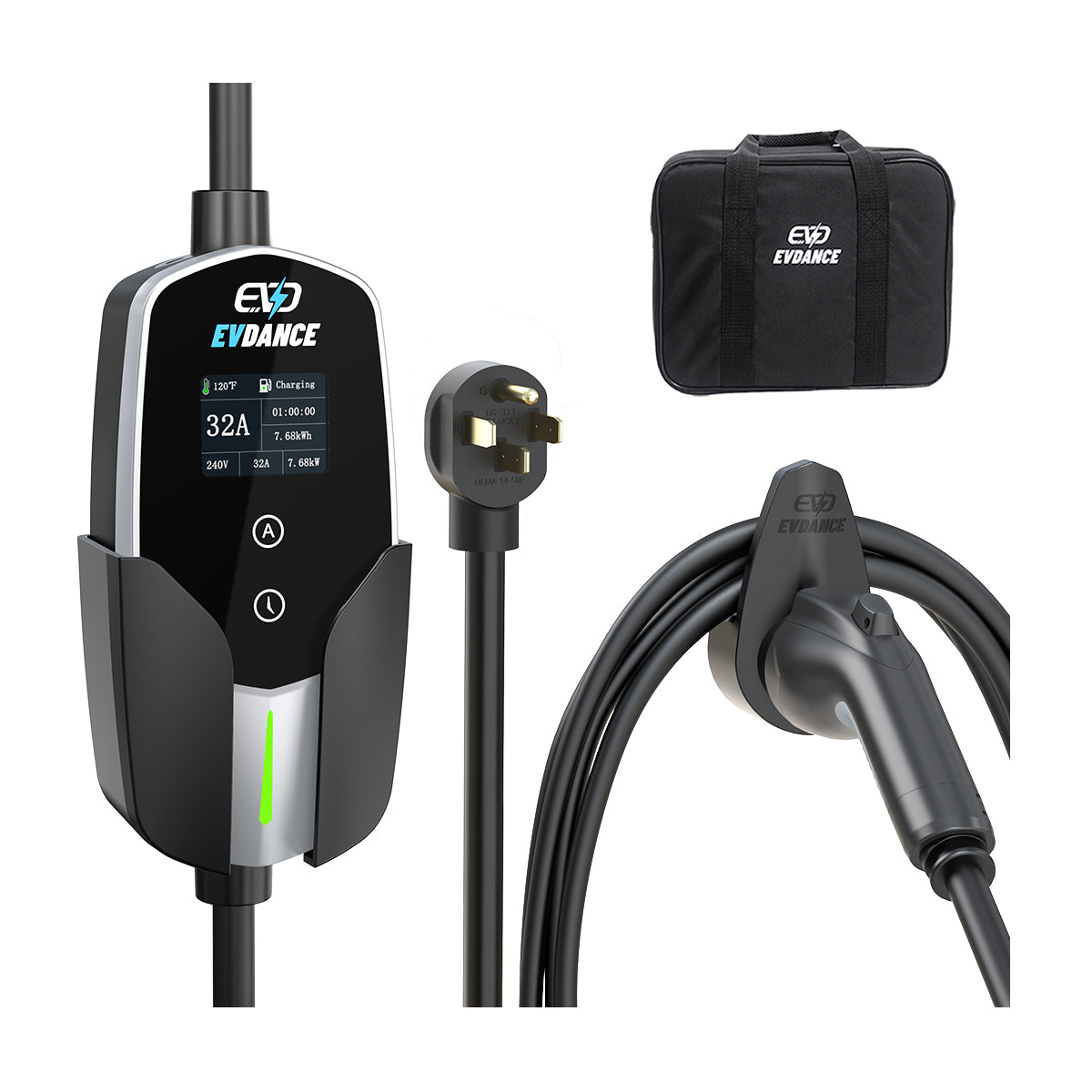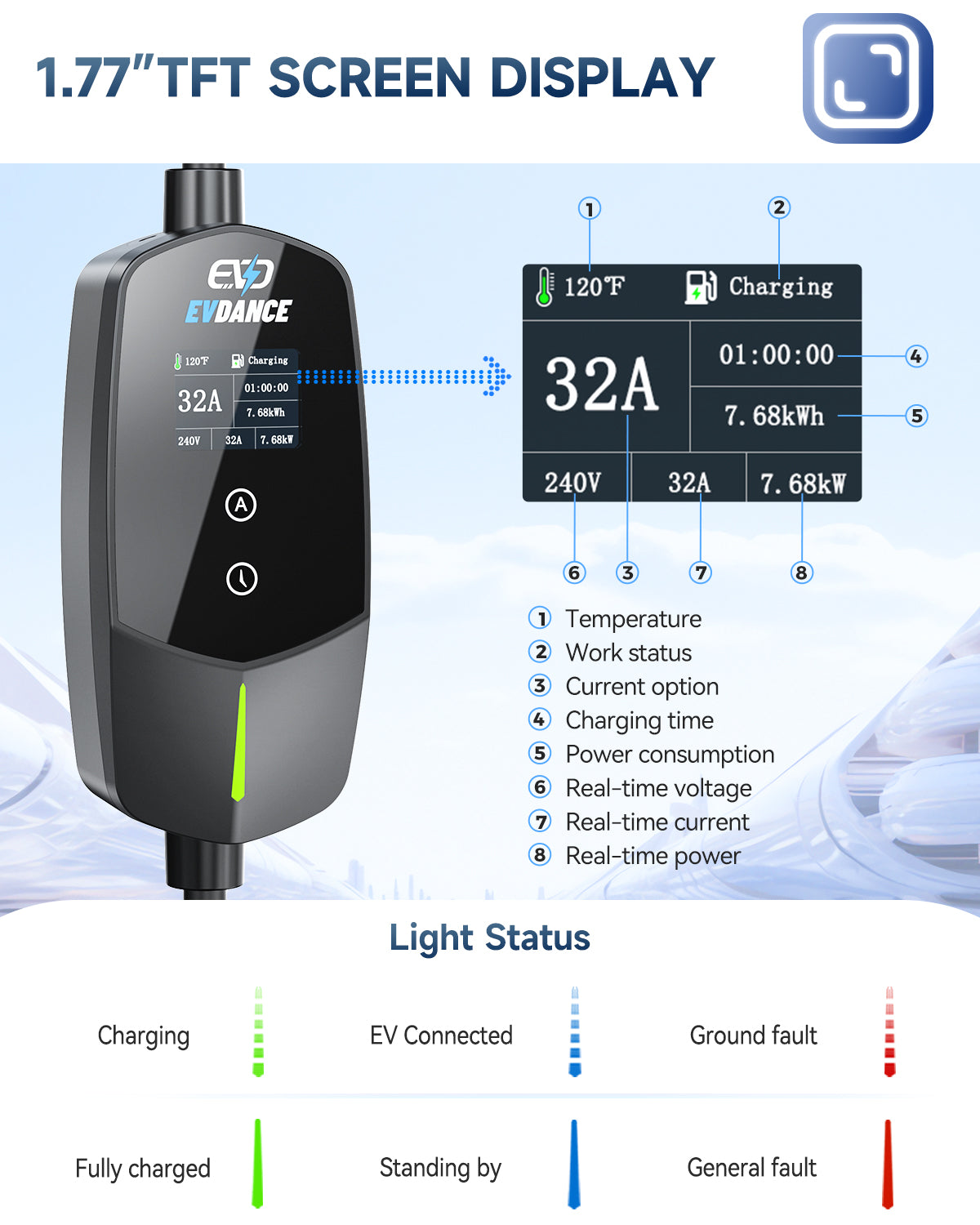FAQs
What are the most common types of NEMA plugs?
The most commonly used NEMA plugs include the 5-15, 6-15, and 14-50 types:
- Standard 120V household plug used for small appliances such as lamps, computers, and irons.
- 240V plug typically used for medium-duty appliances like air conditioners and some power tools.
- A heavy-duty 240V plug commonly found in RV parks, used for electric ranges, welding equipment, and EV charging stations.
How many amps can a NEMA 14-50 outlet handle?
A NEMA 14-50 outlet is rated for up to 50 amps at 240 volts, delivering a maximum of 12,500 watts. This high capacity makes it suitable for powering multiple heavy-duty appliances or Level 2 EV chargers in residential and commercial settings.
What is the difference between a NEMA 6-50 and a NEMA 14-50 outlet?
The NEMA 6-50 and 14-50 are both 240-volt outlets rated for up to 50 amps, but they are wired differently and serve distinct purposes. The NEMA 6-50 uses a three-wire configuration consisting of two hot wires and a ground, and it does not include a neutral wire. This makes it suitable for equipment like welding machines, air compressors, and other industrial tools that do not require a neutral. In contrast, the NEMA 14-50 includes four wires: two hots, one neutral, and one ground. This design allows it to support appliances or devices that need a neutral, such as electric ranges, RV systems, and EV chargers. As a result, the 14-50 is generally preferred for residential EV charging installations.
Can you charge a Tesla using a NEMA 14-50 outlet?
Yes, Tesla vehicles can be charged using a NEMA 14-50 outlet. When paired with a Tesla Mobile Connector or Wall Connector, a NEMA 14-50 outlet delivers up to 240 volts and 50 amps, which is capable of supporting charging speeds up to 44 amps depending on the specific Tesla model. This makes it one of the most cost-effective and widely recommended options for home EV charging.
NEMA 6-50 vs. NEMA 14-50 — Which one should you choose?
Choosing between a NEMA 6-50 and a NEMA 14-50 depends on your power needs and equipment requirements. If your device does not require a neutral connection and draws no more than 32 amps, the NEMA 6-50 may be sufficient. However, if you need higher power delivery up to 50 amps or your device requires a neutral wire, the NEMA 14-50 is the more appropriate choice. Electric vehicle owners, in particular, will find the NEMA 14-50 better suited for Level 2 home charging.
Does Tesla include a NEMA 14-50 adapter with new vehicles?
Tesla no longer includes a NEMA 14-50 adapter with the purchase of a new vehicle. Up until April 2022, Tesla provided a Mobile Connector bundle that included both a NEMA 5-15 and a NEMA 14-50 adapter. This bundle must now be purchased separately from the Tesla online store or third-party retailers.
What type of work does an electrician perform for a NEMA 14-50 outlet installation?
To install a NEMA 14-50 outlet, an electrician will run a dedicated 240-volt circuit from the main electrical panel to the location of the new outlet. This process includes installing an outlet box, wiring the receptacle, and ensuring the circuit is protected by a GFCI breaker. The electrician must also confirm that the installation meets all applicable local codes and grounding requirements. Professional installation is essential to ensure safety, code compliance, and long-term performance.
Can you use a NEMA 14-50 outlet for other electric vehicles besides Tesla?
Yes, a NEMA 14-50 outlet is not exclusive to Tesla vehicles. Many electric vehicle manufacturers support Level 2 charging through a NEMA 14-50 plug when paired with the appropriate portable charging equipment. Brands such as Ford, Rivian, Nissan, and Chevrolet offer compatible adapters or portable EVSE (Electric Vehicle Supply Equipment) that can be used with this outlet. However, it is important to ensure that your charging cable and vehicle support the power output of the 14-50 configuration.
Is it safe to use a NEMA 14-50 outlet outdoors?
A NEMA 14-50 outlet can be installed outdoors if it is housed in a weatherproof enclosure rated for outdoor use. Proper installation requires a National Electrical Code (NEC)-compliant outdoor outlet box, a weather-resistant cover, and GFCI protection to ensure safety in wet or exposed environments. For electric vehicle charging, it is common to use outdoor-rated wall-mounted enclosures or pedestals designed to shield the outlet from rain, snow, and dust. Always consult a licensed electrician for outdoor installations to meet local safety standards.
How long does it take to charge an EV with a NEMA 14-50 outlet?
Charging times for an electric vehicle using a NEMA 14-50 outlet depend on the vehicle’s battery capacity and onboard charger. On average, this outlet delivers about 9.6 kW of power, which can add approximately 25 to 30 miles of range per hour of charging. For example, a Tesla Model Y with a long-range battery can be fully charged from near empty in about 10 to 12 hours using a NEMA 14-50 connection. Charging speed may vary depending on ambient temperature, the vehicle’s acceptance rate, and the state of charge at the start.
NEMA 14-50 Plug: A Versatile Power Solution for EV Charging and More
The NEMA 14-50 plug, widely recognized as a 50-amp range receptacle, has been a foundational component in American residential electrical systems for decades. Originally engineered to support high-demand kitchen appliances such as electric ranges, ovens, and stoves, this robust outlet was designed to deliver stable and high-capacity power — making it ideal for appliances that draw substantial current over sustained periods.
With the rapid adoption of electric vehicles (EVs) and the growing need for home-based charging solutions, the NEMA 14-50 has found a new purpose. Its ability to deliver up to 240 volts at 50 amps makes it an ideal interface for Level 2 EV charging, offering a significant speed upgrade over standard 120V household outlets. EV owners can charge their vehicles overnight, often gaining 25 to 35 miles of range per hour, depending on the vehicle model and onboard charger.
Unlike some proprietary connectors, the NEMA 14-50 is universally supported by many EV charging systems, including Tesla (via adapter), Nissan Leaf, Chevrolet Bolt, and more. Its four-prong design—featuring two hot wires, one neutral, and one ground—ensures a safer and more stable connection for both legacy appliances and modern EVs. This versatility makes the NEMA 14-50 not just a legacy solution, but a future-ready power outlet that bridges the gap between traditional household energy needs and next-generation transportation technologies.
In both new home construction and EV charger installations, electricians increasingly recommend the NEMA 14-50 as a cost-effective, high-performance standard. Whether you’re baking a turkey or charging your EV overnight, this plug proves its enduring utility in the age of electrification.
What Is a NEMA 14-50 Outlet?
A NEMA 14-50 outlet is a heavy-duty electrical receptacle designed for 240-volt service at up to 50 amps. It features a four-prong design:
- Two hot wires to provide the 240 volts.
- One neutral wire to complete the circuit and stabilize voltage.
- One ground wire to direct fault current safely into the earth.
This configuration supports powerful, continuous electrical loads, making it a reliable option for home EV charging, as well as traditional uses like powering ovens, ranges, and RVs.
Why Use a NEMA 14-50 for EV Charging?
With the growth of electric mobility, the NEMA 14-50 has become a go-to solution for Level 2 EV charging at home. Its benefits include:
- Fast charging: Delivers up to 9.6 kW, translating to approximately 25–30 miles of range per hour depending on the vehicle.
- Broad compatibility: Works with many EVs, including the Tesla Model 3, Nissan Leaf, Chevrolet Volt, and Ford Mustang Mach-E.
- Convenient installation: Requires fewer modifications than hardwired wall connectors, and is easier to move or replace.
Installation and Safety Considerations
To safely use a NEMA 14-50 outlet for EV charging or other high-power applications, the following conditions must be met:
- Dedicated 50-Amp Circuit: The outlet must be connected to a dedicated 50A breaker, with properly rated conductors.
- Professional Installation: All work should be performed by a licensed electrician in compliance with NEC and local building codes.
- Proper Grounding and Neutral Use: The neutral wire should only return current—not carry unused current. A properly grounded system reduces shock risks.
- Secure Connection: Using a locking or snug-fit receptacle minimizes accidental disconnection and maintains a stable power connection.
When installed correctly, the NEMA 14-50 provides a safe and efficient solution for daily EV charging.
Blog posts
Choosing the Right EV Extension Cord: A Complete Guide for New and Experienced EV Owners
Comprehensive Review of EV Charging Stations in California (2025)
Comparing EV Charging Stations: Tesla Supercharger vs Electrify America, ChargePoint & More





